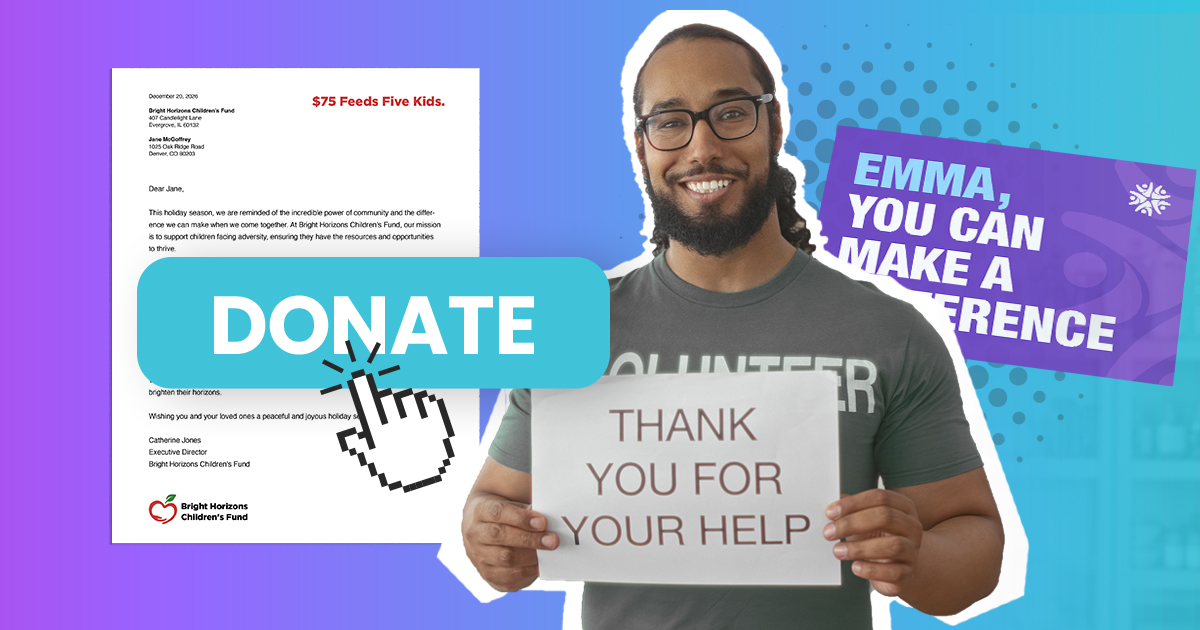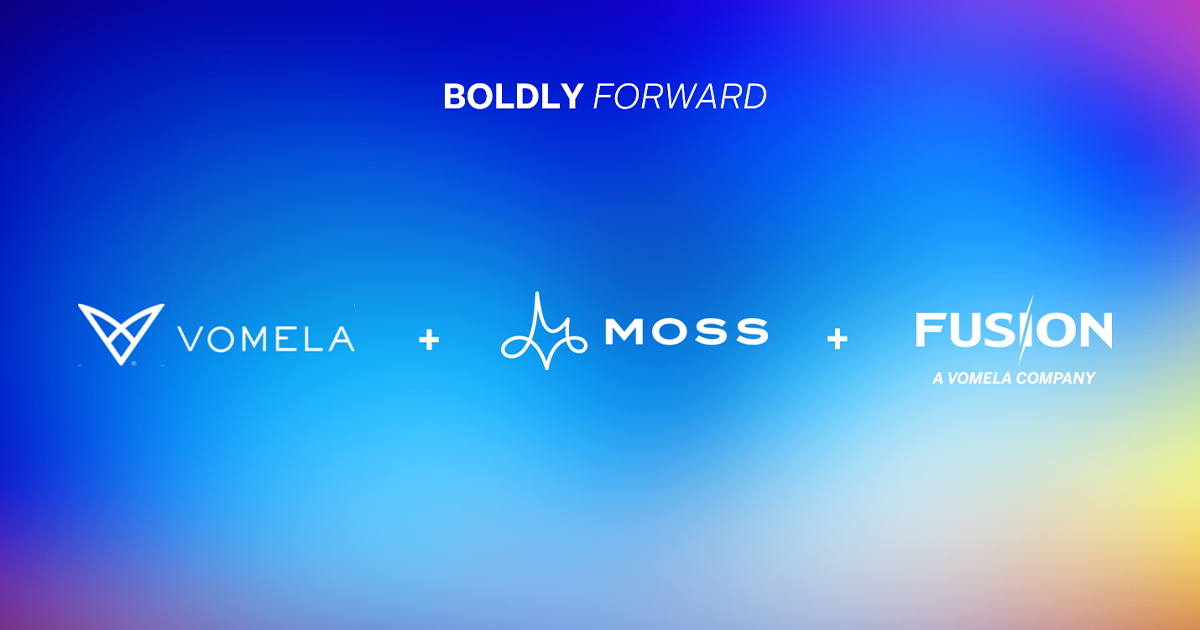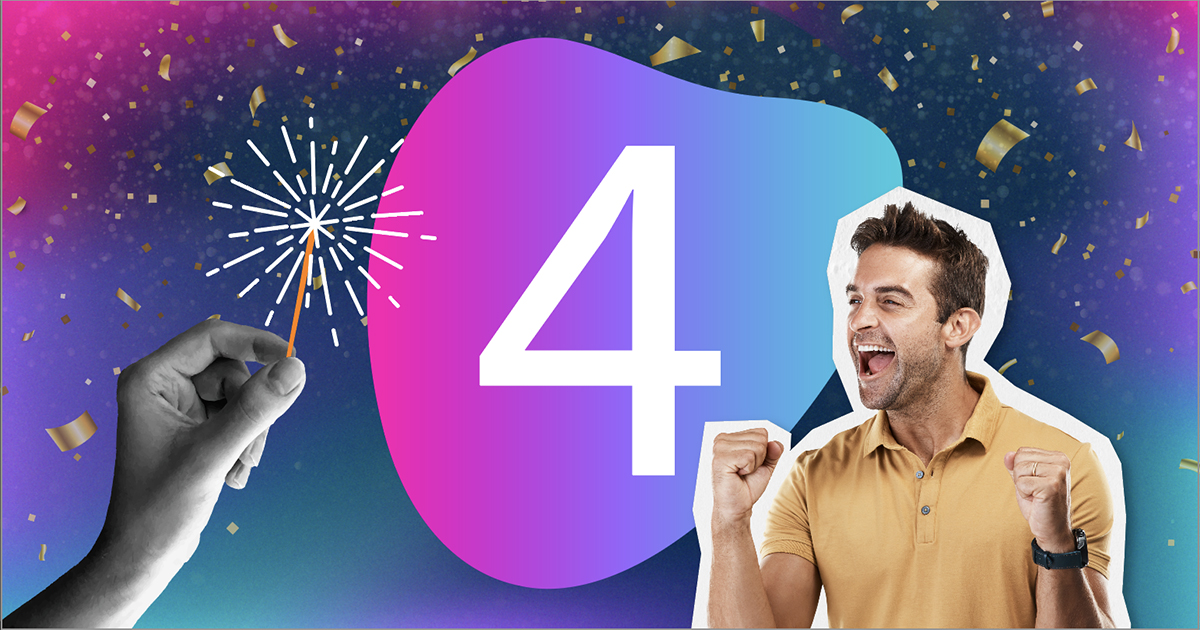
Beyond the Inbox—Part 2: The Maturity Curve

Recently, Jennifer Bellin, PFL’s CMO, hosted a virtual event titled, “Beyond the Inbox: Unleash the Power of Direct Mail into Your Marketing Mix.” She was joined by Erica Shattuck, Programs Marketing Manager at SAP Concur. Shattuck and SAP have partnered with PFL on direct mail programs for more than five years. Part 1 looked at real-life campaigns. What follows is Part 2 of an edited version of the discussion between the two marketing pros, who talked about, among other things, how to integrate direct mail with other channels, how direct mail can be strategically implemented throughout the customer lifecycle, and how direct mail can foster deeper customer engagement and brand connection.
Jennifer Bellin: Now we're going to talk a little bit about how to mature your direct mail programs. At PFL, we’re both a marketing technology company and a printing company. We have customers at all stages of the direct mail maturity curve, and we use this tool to help our customers gauge how mature their programs are and to figure out how to move their programs up the curve.

We have customers who are at the very basic Stage 1—they're just printing with us and maybe sending some occasional mailings—all the way up to Stage Five, where they have programs that are highly optimized, automated, and personalized across the entire organization and customer lifecycle.
Stage 2 are the transactional customers. They generally work with our Printing for Less print team to send batch-and-blast mailers from a list. They are not integrated with our platform. The operational customers in Stage 3 are integrated and using PFL to execute some recurring programs with basic personalization and metrics.
Stage 4 programmatic customers have multiple programs running across the customer lifecycle. They have triggers in their marketing automation platform that allow PFL to send the mail at just the right moment in the lifecycle. These customers are also segmenting their audiences and aligning their direct mail programs with digital and other tactics for an omnichannel approach. Erica, could you talk a bit about where some of your programs are on the maturity curve and how they've progressed up the curve?
Erica Shattuck: Absolutely. We started in the print and transactional areas, where we would pull a target list of contacts based on campaign criteria and provide that to PFL to batch-send on our behalf. We did find, often, that these programs were quite manually labor-intensive on our end. As we learned more about the technology that PFL offers and how we can integrate it with our martech platform, we moved into Stage 3—that operational program, where we could personalize our messaging and automate that deployment process. This is kind of the sweet spot that we focus on the most today. Recently, though, we have moved into more of the programmatic area—Stage 4—where we have programs that are triggered to deploy automatically based on specific actions that our customers take. Our goal, ultimately, is to start running programs that fall within that optimized area—Stage 5.
JB: That's great. I think it's also important to note that it's possible to have various campaigns that are down in the Stage 1 or Stage 2 levels while also having other campaigns that are all the way up at Stage 5. Can you share some tips on what people can do if they're just starting out building their direct mail programs?
ES: Sure. I would highly recommend that marketers be mindful of the goal and the purpose of the direct mail campaigns. Don't just send something to your customers or your prospects for the sake of sending something. Work with your internal team to determine what you want to accomplish, and then, if you’re a customer, work with your PFL account manager to determine how you can bring your program to life and optimize for the best results.
JB: Another factor to consider is what does your sales team find most useful? What types of campaigns stand out for the sales team at SAP?
ES: As I mentioned earlier, we offer what we call self-serve kits in the sales store that they are free to send their customers and prospects for whatever purpose—whether it's to set up an appointment, to follow a meeting or a sales call, or a “thank you” for attending a business review. These self-serve kits are very straightforward. They contain a postcard that the salesperson can customize with the appropriate message, and they include a small gift. We find that, based on feedback from our sales team, our customers really enjoy sweet treats—a bag of caramels, a candy bar, or gummy candies, anything that's food-related is a huge win. We have also found that higher-value gifts, such as a Yeti tumbler or a sleek coffee mug, are always appreciated.
JB: Totally agree. I second the sweet treats. And none of these campaigns can be successful without some kind of measurement. We have a guide in the PFL “Resource Center” that lays out in detail how to measure your direct mail success. In short, however, there are three buckets to consider when looking at metrics. One funnel is marketing qualified leads (MQL); how much revenue are you generating; how quickly are things move through the funnel; and pipeline generated.
Then, there are the marketing metrics that the C-suite is looking at, things such as return on investment and how effective are your campaigns at getting people to pick up the phone or order online. Finally, there are customer metrics, such as retention, referrals and additional purchases.
So, let's sum up some takeaways here. First of all, digital alone is often tuned out by customers and prospects—digital fatigue. Adding a direct mail campaign to your digital programs really can have a big impact. We've seen this boost results by up to 30 percent. Second, you can do direct mail campaigns throughout every part of the customer lifecycle.
Third, it's important to think about how to optimize and mature your direct mail programs. Even if you’ve been running direct mail for a long time, there are probably ways to mature and improve. Finally, it’s clear that having a knowledgeable partner—such as PFL—that can offer strategic advice and help you scale your direct mail programs is imperative.
Here is a graphic of the “Key Takeaways” to consider.

Part 1 is an in-depth look at and discussion of some real-world campaigns.



